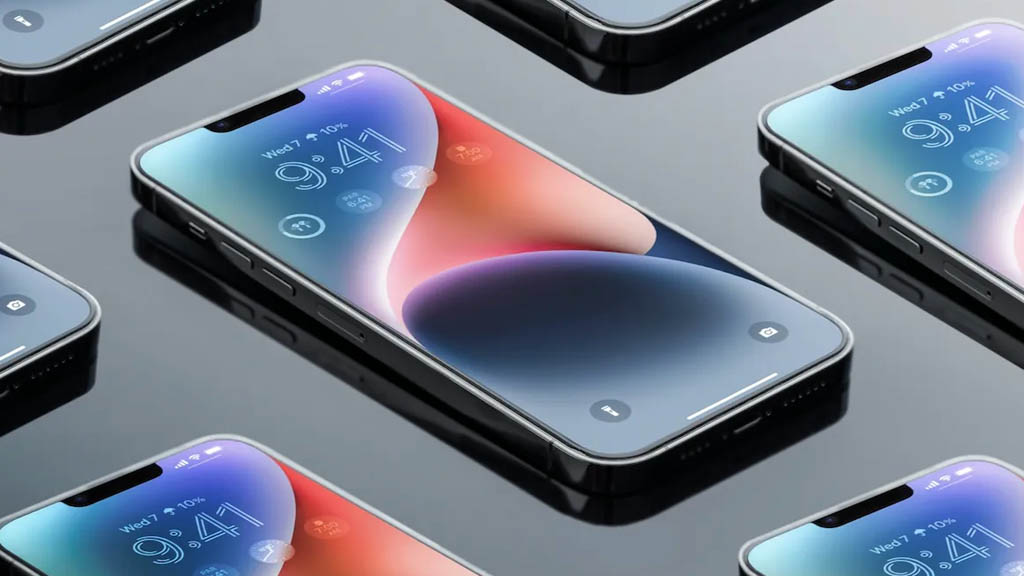Cupertino tech giant Apple is reportedly gearing up for a massive shift in its display strategy for future iPhones, potentially adopting an approach that mirrors moves previously made by Chinese rival Huawei. This bold strategic pivot aims to give Apple greater control over a crucial component of its flagship devices: the screen.
Apple’s Big Screen Ambitions
For years, Apple has heavily relied on external suppliers like Samsung Display and LG Display for the cutting-edge OLED screens gracing its iPhones. While these partnerships have delivered stunning visuals, sources close to the matter suggest Apple is now looking to bring more of its display development in-house.
The goal is reportedly to reduce dependence on third-party manufacturers, particularly competitors, and gain tighter control over the supply chain, costs, and the integration of unique features. This move is seen as a long-term play, potentially culminating in the use of custom-designed or even internally manufactured display panels in future iPhone models.
The Huawei Connection: A Quest for Independence
The comparison to Huawei is significant. In recent years, Huawei has made concerted efforts to reduce its reliance on external suppliers for critical components, particularly after facing international trade restrictions. This strategy of vertical integration and self-sufficiency allowed Huawei to maintain production and innovation under challenging circumstances.
Apple’s reported strategy appears to follow a similar philosophy: to insulate itself from potential supply chain disruptions, gain a competitive edge by offering proprietary display technologies, and optimize costs. By developing its own display IP and potentially even manufacturing processes, Apple could gain unprecedented control over the visual experience of its devices.
What Does This Mean for Your Next iPhone?
While this transition is expected to be gradual and complex, it could have significant implications for consumers. Future iPhones might feature screens with unique characteristics and performance capabilities not available from off-the-shelf components. Imagine custom-tuned color accuracy, enhanced brightness, or even entirely new display technologies optimized specifically for Apple’s ecosystem.
Industry observers believe Apple might initially focus on developing microLED displays, a next-generation technology offering superior brightness, efficiency, and longevity compared to current OLED panels. Early applications could appear in smaller devices like the Apple Watch before making their way to the iPhone.
A Long Road Ahead
Developing and mass-producing display panels is an incredibly capital-intensive and technologically challenging endeavor. This shift represents a monumental undertaking for Apple, requiring substantial investment in research, development, and potentially manufacturing facilities.
However, if successful, this “Huawei-like” display approach could fundamentally reshape Apple’s supply chain dynamics and provide a significant differentiator in the fiercely competitive smartphone market, giving the company even more power over its product destiny.






